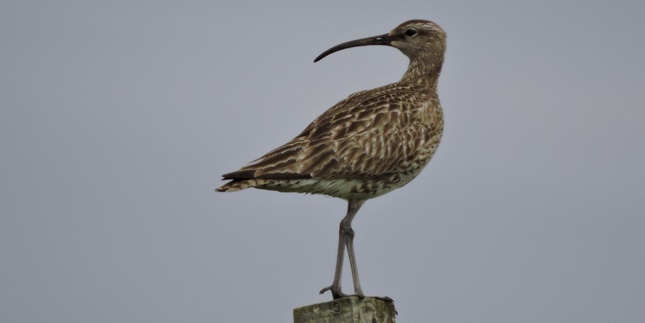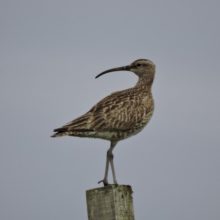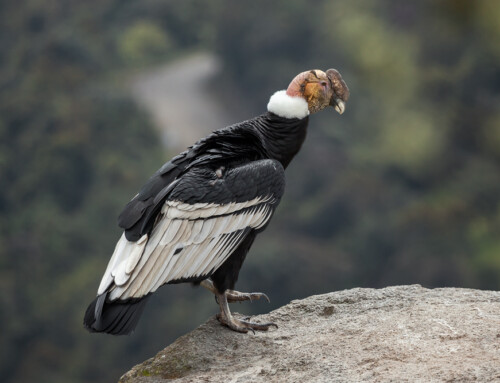Do Whimbrel adults and chicks use different habitats?
LINKED PAPER
Habitat characteristics of breeding Eurasian Whimbrel Numenius phaeopus on Mainland Shetland, Scotland, UK. Massey, K., Cosgrove, P., Massey, F., Jackson, D. and Chapman, M. 2016. Bird Study. DOI: 10.1080/00063657.2016.1237470. VIEW
As part of a study into the potential impacts of a large wind farm proposal on Shetland, a team from Alba Ecology Ltd and Natural Research Projects Ltd collected data on the habitat associations of Eurasian Whimbrel Numenius phaeopus. Shetland is the most important area in the UK for breeding Whimbrel and the Whimbrel population here has declined by around 50% since 1990. Consequently, knowing what breeding Whimbrel require is a prerequisite to effective conservation action.
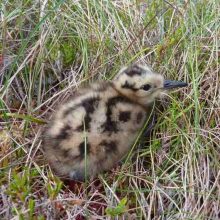
Fourteen study sites on Mainland Shetland (comprising a third of the UK’s breeding Whimbrel) were used to identify three main components of Whimbrel breeding habitats: (i) adult territorial and foraging habitats, (ii) nest site habitats, and (iii) chick feeding habitats. The relationship between these components was investigated using PCA. Habitats used by breeding adults and chicks were significantly different from one another.
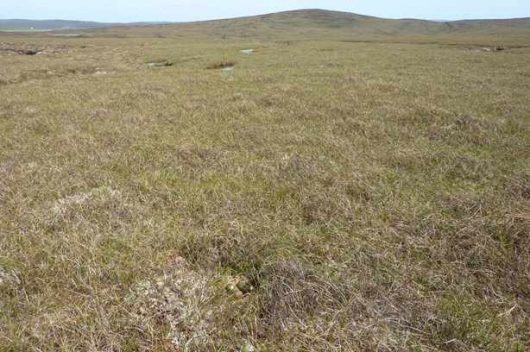
Adult habitats comprised of short, heavily grazed blanket bog dominated by Ling Heather, Cross-leaved Heath, Common Cottongrass, Hare’s-tail Cottongrass, Deergrass and Purple Moor-grass with a thick layer of bryophytes but few forbs. The habitat used by adults to nest in was very similar to the general adult habitat (Fig. 2). However, the Whimbrel chick habitats were significantly different in terms of structure from the habitats used by adult Whimbrel. The chicks of Whimbrel, like most waders, are precocial and forage independently of their parents within a few days of hatching. The chick habitats were characterised by small, wet and often linear features within the blanket bog habitat, with plenty of mosses and plants such as Purple Moor-grass and Bulbous Rush (Fig. 4).
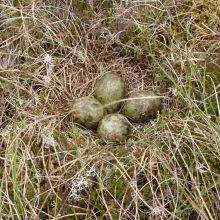
The habitat differences between adult feeding/nesting locations and chick foraging locations were very striking and suggest that the presence of both types of habitat may be of importance to Whimbrel on Mainland Shetland. The differences in habitat usage can probably be explained in terms of the chick needs with respect to food, mobility and importantly, cover from aerial predators.

There is now a growing body of evidence (from Lapwings, Vanellus vanellus, to Golden Plover, Pluvialis apricaria) that food availability, vegetation structure and cover from predators may at least partly explain habitat preferences of wader chicks. Habitat structure is important for chicks and the presence of small, wet linear features may be a limiting component on otherwise apparently suitable adult Whimbrel habitats.
References
Massey, K., Cosgrove, P., Massey, F., Jackson, D. and Chapman, M. 2016. Habitat characteristics of breeding Eurasian Whimbrel Numenius phaeopus on Mainland Shetland, Scotland, UK. Bird Study 63: 500-508. VIEW
Image credit
Featured image: Adult Whimbrel, Numenius phaeopus, in Shetland © Peter Cosgrove
If you want to write about your research in #theBOUblog, then please see here.


